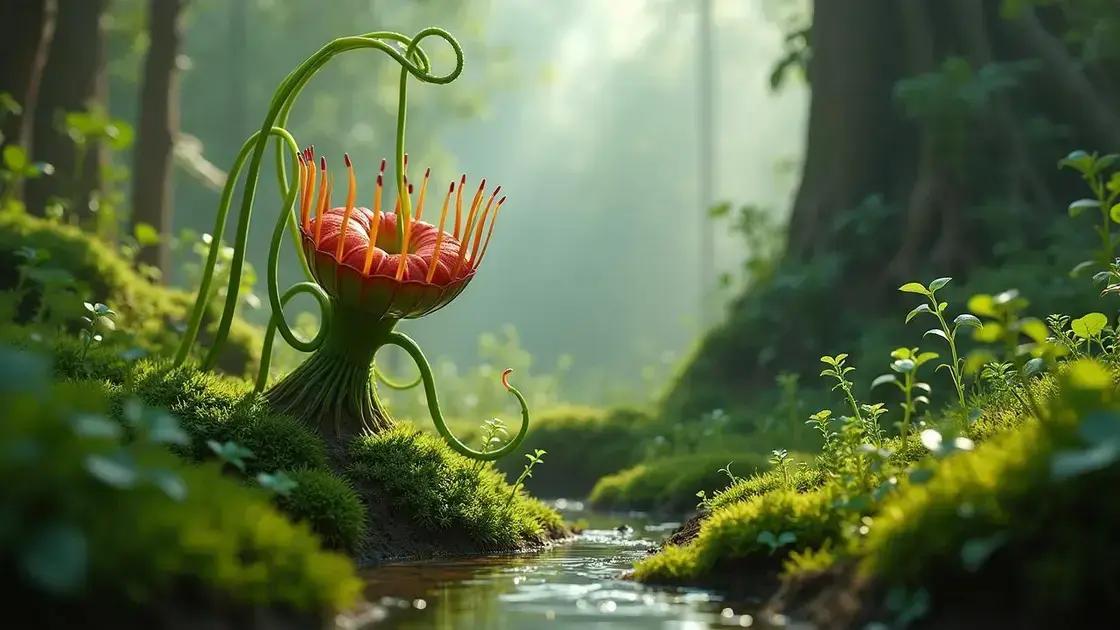How to Care for Venus Fly Trap Plant: 5 Essential Tips You Need
How to care for venus fly trap plant? These fascinating carnivorous plants require attention to thrive. By understanding their unique needs, you can ensure they flourish in your home. Discover the essential tips you need to support their growth and maintain their health.
Table of Contents
ToggleUnderstanding venus fly trap care requirements
Understanding venus fly trap care requirements is essential for keeping these captivating plants thriving. To ensure they flourish, it’s important to recognize their unique environmental needs and maintenance practices. Let’s delve into the key care requirements for your venus fly trap.
Optimal soil conditions
The best soil for a venus fly trap is a well-draining, acidic medium. This plant thrives in sphagnum moss or a peat-based mix specially formulated for carnivorous plants. Here are some soil options:
- Sphagnum moss
- Peat moss mixed with perlite
- Specialty carnivorous plant soil blends
For more tips on selecting the right soil, consider exploring indoor gardening techniques.
Watering needs
Proper watering is crucial. Venus fly traps prefer distilled water, rainwater, or reverse osmosis water. Regular tap water can harm these plants due to its mineral content.
- Water infrequently but thoroughly, allowing the soil to dry slightly between watering.
- Keep the plant in a tray of water during hotter months.
- Avoid letting the roots sit in water for extended periods.
Light and temperature requirements
These plants require at least 12 hours of sunlight daily. A bright, sunny window works well for indoor fly traps. However, they can also thrive under grow lights set 6-12 inches above the plant.
- Temperature range: 70-95°F (21-35°C) during the day.
- Nighttime temperatures can drop to about 50-70°F (10-21°C).
Ensuring these care requirements improve the likelihood of your plant catching flies and thriving in your home.
Watering tips for your venus fly trap plant

Watering tips for your venus fly trap plant are crucial to ensure its health and vitality. Proper watering methods can significantly affect the growth and trapping capabilities of this unique carnivorous plant.
Essential watering guidelines
These plants thrive in moist conditions, but overwatering can lead to root rot. Here are some essential tips for effective watering:
- Use distilled water, rainwater, or reverse osmosis water to avoid harmful minerals.
- Keep the soil consistently moist but not soaked.
- Avoid using tap water, as it may contain chlorine and other chemicals detrimental to your plant.
Seasonal adjustments
As seasons change, so do the watering needs of your venus fly trap. Here’s how to adjust your routine:
- In spring and summer, increase watering frequency as the plant enters a growing phase.
- Reduce watering in fall and winter, allowing the soil to dry between waterings.
Monitoring soil moisture
To ensure you are watering correctly, monitor the moisture level in the soil. Here are some practical ways to check:
- Use your finger to probe about an inch into the soil; if it feels dry, it’s time to water.
- Consider using a moisture meter for precise readings.
For more on maintaining optimal conditions for your carnivorous plants, check out exploring indoor gardening techniques.
Optimal lighting for healthy venus fly trap growth
Optimal lighting for healthy venus fly trap growth is crucial for their well-being and ability to catch prey. These fascinating plants thrive in bright, direct sunlight or under specific artificial lighting conditions.
Natural sunlight requirements
Venus fly traps require at least 12 hours of bright sunlight daily to grow strong and healthy. Here are some tips for providing adequate natural light:
- Place the plant in a south-facing window for optimal light exposure.
- Use sheer curtains if direct sunlight is too intense, preventing leaf burn.
- Rotate the pot every few weeks to ensure even light distribution.
Using grow lights effectively
If natural sunlight is insufficient, utilizing grow lights can be a great alternative. Consider these factors when setting up artificial lighting:
- Select full-spectrum LED or fluorescent grow lights.
- Position the lights 6-12 inches above the plant to mimic natural sunlight intensity.
- Set a timer to ensure the plant receives around 12-14 hours of light per day.
Signs of insufficient light
Recognizing the symptoms of inadequate lighting can help you adjust your care routine promptly. Look for these signs:
- Stretched or leggy growth as the plant reaches for light.
- Pale or yellowing leaves which indicate stress from low light.
- Reduced trap production, signaling the plant is not thriving.
Ensuring optimal lighting conditions is vital for your venus fly trap. For further insights into maintaining a healthy environment, check out exploring indoor gardening techniques.
In conclusion
Caring for your venus fly trap involves understanding its specific needs, from optimal lighting and proper watering to soil conditions. By implementing the tips discussed, you can ensure your plant thrives and remains healthy. Remember, these unique carnivorous plants are sensitive to their environment, so consistent care is essential for their growth. For more insights on enhancing your indoor garden, check out tips on enhancing your indoor garden.

